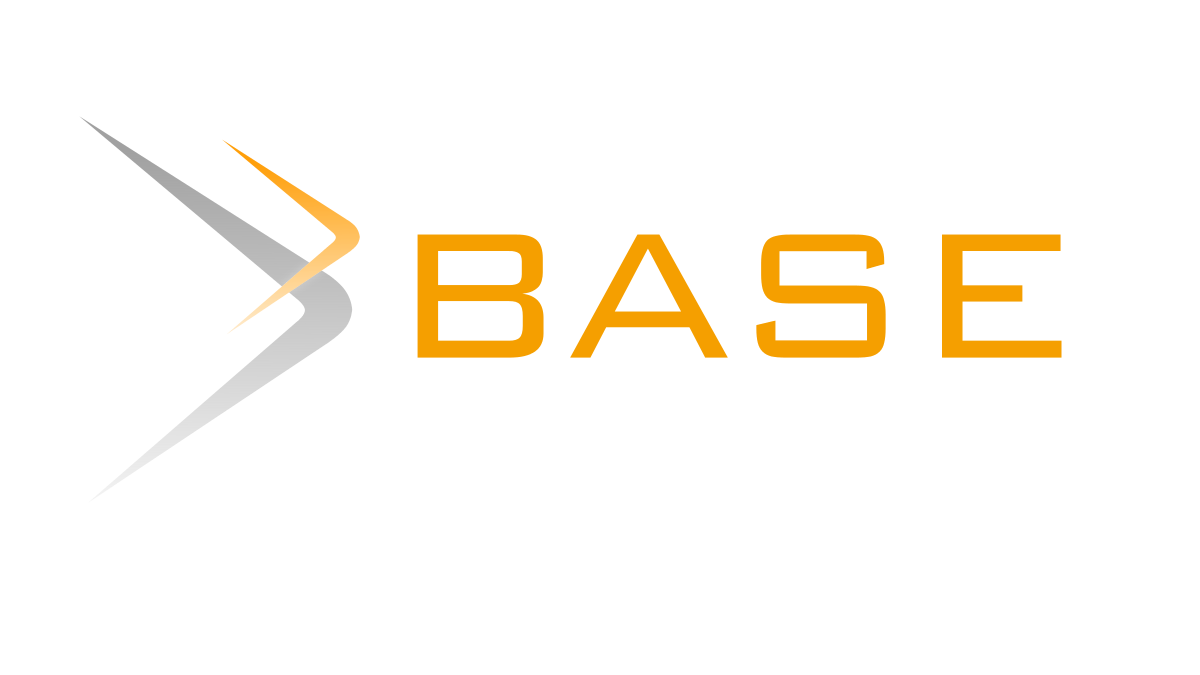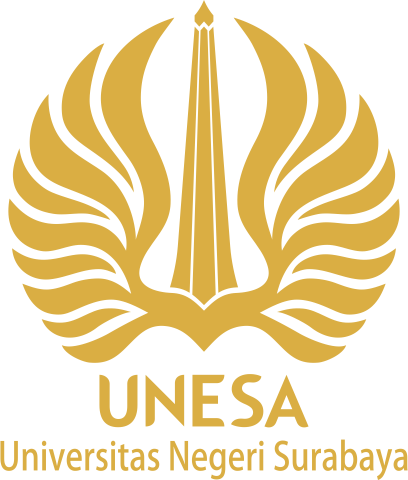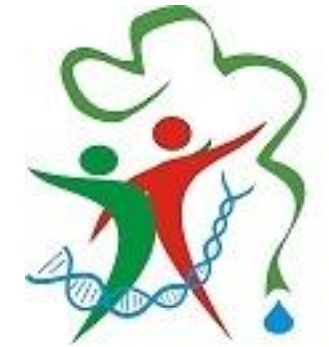ENHANCEMENT OF STUDENTS CRITICAL THINKING SKILL IN FUNGI CONCEPTS BASED ON SCIENCE, TECHNOLOGY, AND SOCIETY LEARNING APPROACH
DOI:
https://doi.org/10.26740/jipb.v1n2.p44-49Keywords:
critical thinking skill, fungi concepts, science, technology, and societyAbstract
This study aimed to evaluate the enhancement of students critical thinking in fungi concepts based on Science, Technology, and Society learning approach. The learning process involved a single class consisting of 30 students on the first grade of State Senior High School of 16 Surabaya as the subject of this study. One group pre-test and post-test design was used in the learning process to determine the enhancement of students critical thinking skill. The findings indicated that critical thinking skill on students boosted highly as the effect of the learning process. It can be concluded that Science, Technology, and Society learning approach is able to increase the students critical thinking skill in fungi concepts.References
Downloads
Published
Issue
Section
License
Copyright (c) 2020 Jurnal Inovasi Pembelajaran Biologi

This work is licensed under a Creative Commons Attribution 4.0 International License.
 Abstract views: 185
,
Abstract views: 185
, PDF Downloads: 232
PDF Downloads: 232






